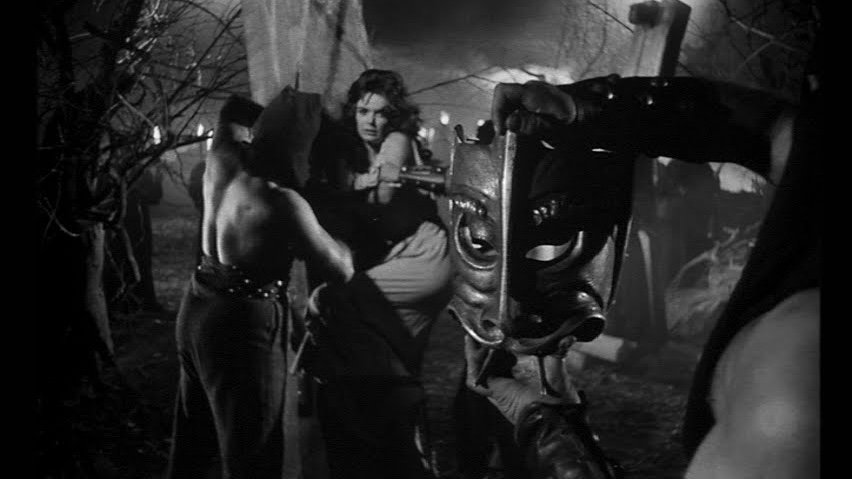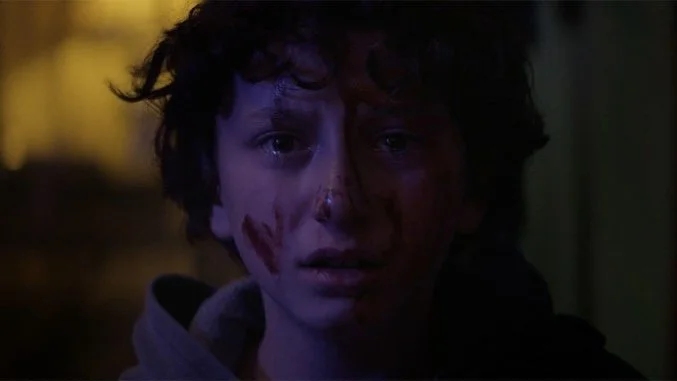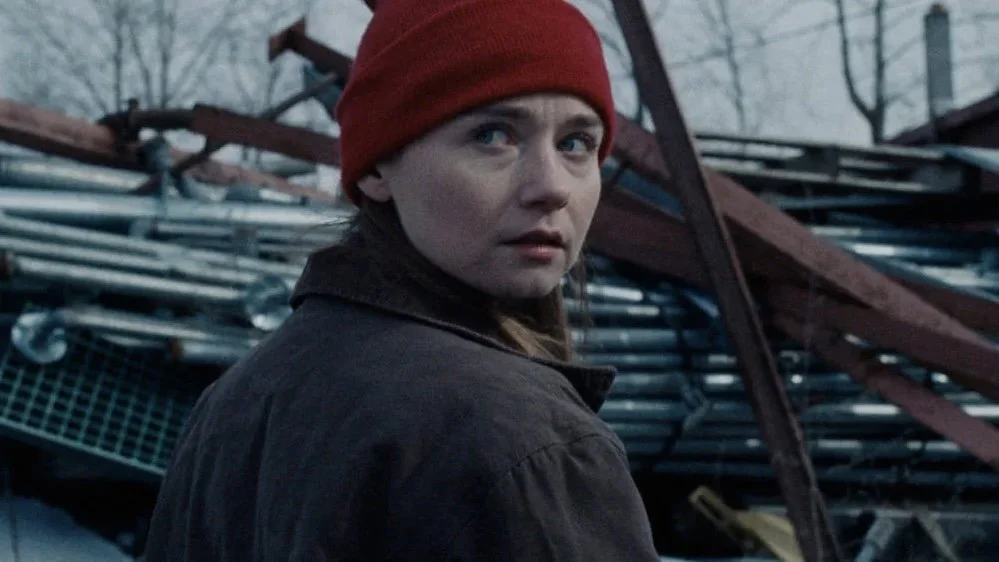Danse Macabre #3: Film Review — "Black Sunday" (1960)
In 1981, Stephen King published Danse Macabre, a work of non-fiction wherein the author acts as a tour guide through the history of horror. He addresses the social issues and political conflicts that have influenced creators over the years, and the ways creators have influenced each other.
King closes out the volume by recommending 96 films and 113 books released during the 1950-1980 period that he feels have significantly contributed to modern genre fiction. With this Fearsome Queer column, I’ll be making my way through those titles in no particular order.
“Mah-rio Baaah-vuh.” I have a syndrome of some sort. Whenever I read the name Mario Bava, I compulsively utter it with the cadence of English novelist Ramsey Campbell. In 2004, Campbell was a part of a television special on Bravo called The 100 Scariest Movie Moments, a docu-miniseries that compiled and ranked frightening scenes from horror and horror-adjacent films. A film only needed one truly hair-raising bit to qualify, which is how not-quite-horror movies such as The Wizard of Oz and Marathon Man made the cut. Thus, with its thrilling opening minutes, Black Sunday clocked in at #40 on that docket—for a damn good reason.
For the record, Black Sunday is in fact much more than just “one truly hair-raising bit,” as far as the terror is concerned. It’s spooky through and through, in all its excellent gothic glory. But the opening execution scene, in particular, is indeed on another level.
Mario Bava, simply put, was not fucking around. Asa Vajda, played by the stunning Barbara Steele, is found guilty of witchcraft and tied to a large stake, along with her lover, as a raging storm approaches. Before she is killed, she vows to get revenge upon the descendants of the man who has sentenced her to death: her own brother. A beefy, shirtless executioner places a Mask of Satan with sharp spikes on the inside over her face, then pounds the Iron Maiden-style mask onto her visage with a big hammer, sending the spikes deep into her skull. Then the rain comes, and the villagers never actually burn her body to ashes like they are supposed to. Big mistake—huge! Cuz this means she can be resurrected someday…
Black Sunday’s opening is visually striking, as is the rest of the picture. Although this is often cited as Bava’s debut, he’d done some uncredited directing work prior to this, and he’d already proven himself to be a skilled cinematographer. He was so reliable as a DP that giving him the reigns seemed only natural to the Galatea producers who’d witnessed his craftsmanship firsthand. Galatea, an Italian studio, was primarily known for gladiator and mythical adventure pictures, so when Bava steered them toward the occult for their next endeavor, he was leading them into uncharted territory. But enough of the right people trusted him, so he was positioned to deliver. Plus, the man was as prepared as can be. There is something to be said for “working one’s way up” to the director’s chair; it doesn’t happen much these days.
At the time, horror films were not commonly produced in Italy, which is wild to think about considering one of the most notable countries—if not the most notable country—when it comes to 1960s and 70s horror is none other than Italy. The filmmaking techniques Bava set the groundwork for would go on to be foundational for the folk and giallo pictures to come. Black Sunday obviously lacks the heavily saturated color palette associated with giallo, since it’s in black and white, but Bava’s signature penchant for shaping atmosphere is there nevertheless. That’s because, on top of being a lensing and lighting expert, Bava was also a maestro of special effects and production design. Ergo, the sets look fabulous: the cemetery, the crypt, the entire castle estate… The man did it all. And he was hot, too! (Don’t you just hate that?) Credited art director Giorgio Giovannini deserves kudos as well, of course, but it’s hard to not offer Bava himself a thick slice of the acclaim considering the scenic unity throughout his oeuvre.
Barbara Steele’s statuesque presence fits right in within Bava and Giovannini’s ominous, nightmarish environ. She so superbly finds the balance between conventional beauty and the grotesque. Her wide-eyed, cavity-speckled face, for instance, is 100% iconic. In addition to the looks Steele serves, she gives two strong performances. She excels at playing the dual roles required of her here: the vengeful witch and her demure descendent, whose body Asa seeks to usurp. There’s a reason why Steele is known to some as Britain’s First Lady of Horror, a magnificent superlative fitting for a thespian who’d go on to star in films directed by Roger Corman, Joe Dante, and David Cronenberg. Seeing the reputations Steele and Bava would develop, it seems so serendipitous that this actress-auteur combo would happen so early in their respective careers.
An influence to countless storytellers, Bava was an exceptionally formal filmmaker. He directed the hell out of his films. I wonder what the ninnies online who bitch about cinematography that draws too much attention to itself would make of Bava’s work. Bava let his camera move all over the place. He played with every color (and shade of grey). Hell, I think he may have invented a hue or two. And I love it. But if you’re a cretin who thinks cinema shouldn’t be cinematic, then I suggest you go read a fuckin’ book instead, you philistine! Because you’re gonna find that Bava’s narratives seldom ever have that much depth. The significance of his films has more to do with the engineering of them, and how his innovative style boosted the stories that inspired the rise and boom of the slasher.
I highly recommend Black Sunday. Not only because of its genre-altering effect on all of horror cinema (not a hyperbole), but also because it’s just so goddamn good… I’m so grateful to Danse Macabre for reminding me to revisit this picture and to The 100 Scariest Movie Moments for introducing me to it in the first place. For years, Bravo re-aired the docu-miniseries annually around Halloween-time, and I watched it in its entirety religiously every season, oftentimes harmonizing with Ramsey Campbell’s “Mah-rio Baaah-vuh.” I don’t know why I’m like this.




